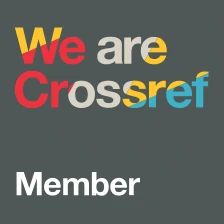Two Cheers for the Trafficking Protocol
DOI:
https://doi.org/10.14197/atr.20121542Keywords:
Trafficking Protocol, human trafficking, anti-trafficking, criminal justiceAbstract
The Trafficking Protocol makes an easy target for attack. Its origins lie in an attempt to control a particularly exploitative form of migration that was challenging the ability of States to control their own borders. Its parent instrument is a framework agreement to address transnational organised crime. While paying fleeting attention to the rights of victims, the Protocol, with its emphasis on criminalisation and border protection is nowhere near being a human rights treaty. On top of all that it does not even have a credible enforcement mechanism, allowing states parties wide latitude in interpreting and applying their obligations. Strangely, these seemingly insurmountable flaws have not stopped the Protocol’s emergence as perhaps the single most important development in the fight against human trafficking. Without the Protocol, arguments around definitions would have continued to block the evolution of principles and rules. Without the Protocol it is likely that the human rights system would have continued its shameful tradition of sidelining issues such as forced labour, forced sex, forced marriage and the ritual exploitation of migrant workers through debt. Most critically, the Protocol provided the impetus and template for a series of legal and political developments that, over time, have served to ameliorate some of its greatest weaknesses, including the lack of human rights protections and of a credible oversight mechanism.Metrics
Published
How to Cite
Issue
Section
License
The Anti-Trafficking Review has a policy of licensing under the Creative Commons Attribution License (CC-BY). Under the CC-BY license, the public is free to share, adapt, and make commercial use of the work. To protect our work and that of our authors, however, users must always give proper attribution to the author(s) and the Anti-Trafficking Review (i.e. with a complete bibliographic citation and link to the Anti-Trafficking Review website and/or DOI).
The Anti-Trafficking Review promotes the sharing of information, and we therefore encourage the reproduction and onward dissemination of articles published with us.








